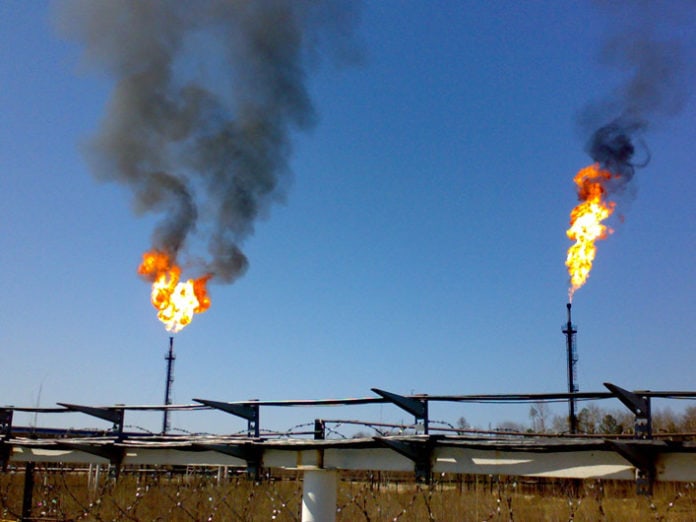Natural gas is one of the most widely used energy sources in the world.
It is both a cheaper and more environmentally friendly energy source than coal or oil.
Here are a few examples of how natural gas is used:
- Cooking food
- Heating water
- Generating electricity
- Transportation
- Chemical synthesis
- Welding metals
- Making fertilizers
- Hydrogen generation
Related: Top 8 Uses of Natural Gas
What is Natural Gas Made Of?
Natural gas is mainly composed of methane with small amounts of other hydrocarbons such as butane, ethane, and propane.
It is a colorless and odorless gas that is lighter than air.
When natural gas burns the two main byproducts of its combustion are water and carbon dioxide.
How is Natural Gas Formed?
Natural gas is formed deep underground from the decomposition of organic matter such as dead plants and animals.
This is a very slow process and it takes millions of years for natural gas to form this way because organic matter needs to be buried and slowly pushed deeper and deeper underground until the right conditions are met.
There under high temperatures and pressure, this organic matter is slowly converted into natural gas.
This newly created gas gets trapped there and can only be released by drilling a well.
Depending on the underground temperatures some of this organic matter also gets converted into oil and that’s why natural gas and oil are often found in the same formations.
Methane created deep underground under high temperatures and pressures is also known as thermogenic gas.
Another type of methane that you probably heard about is called biogas.
Biogas is formed when anaerobic bacteria break down organic matter into methane and other gases.
Biogas is often created from organic waste and during the water treatment process and that’s why sometimes it is also called a landfill gas.
Related: What Is Coal Bed Methane?
Is Natural Gas a Renewable or Nonrenewable Energy Source?
Fossil fuels like oil and coal are non-renewable energy sources because it takes millions of years for them to form.
Thermogenic natural gas created deep underground is also a non-renewable energy source however biogas falls into the renewable energy category because it doesn’t take much time to create it.
Is Natural Gas Bad for the Environment?
Methane which is the main component of natural gas is a very strong greenhouse gas.
It is about 25 times more potent than carbon dioxide in trapping heat and increasing the temperature of the earth.
However, not all methane released in the atmosphere is the result of oil and gas activity.
Other sources of methane emissions are coal production, agriculture, landfills, and wastewater treatment plants.
However, as an energy source methane is a more environmentally friendly fossil fuel than oil or coal.
When natural gas is burned the main two byproducts are carbon dioxide and water.
When coal is burned in addition to carbon dioxide other dangerous byproducts like lead, mercury, nitrogen oxide, sulfur dioxide, and ash are also created.
Methane also produces about 50% less carbon dioxide than coal.
Read next: What is Flaring in Oil and Gas?
References:
www.group.met.com/en/mind-the-fyouture/mindthefyouture/natural-gas-vs-coal
www.eia.gov/energyexplained/natural-gas/
